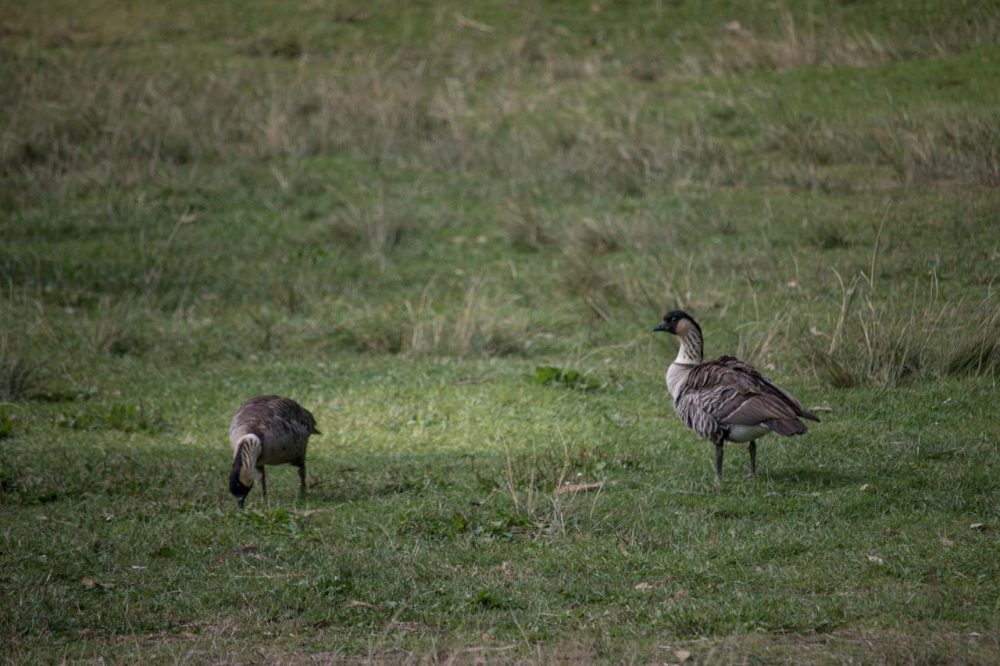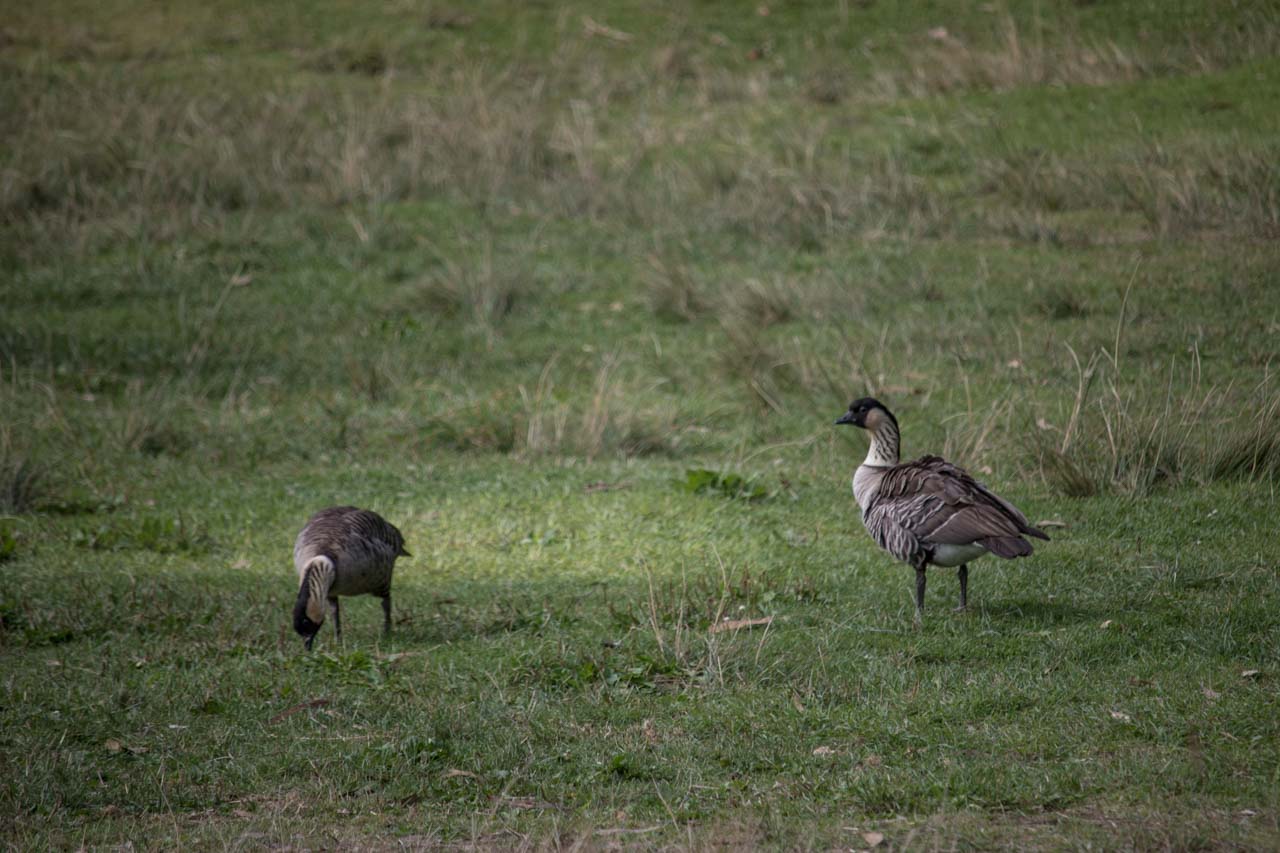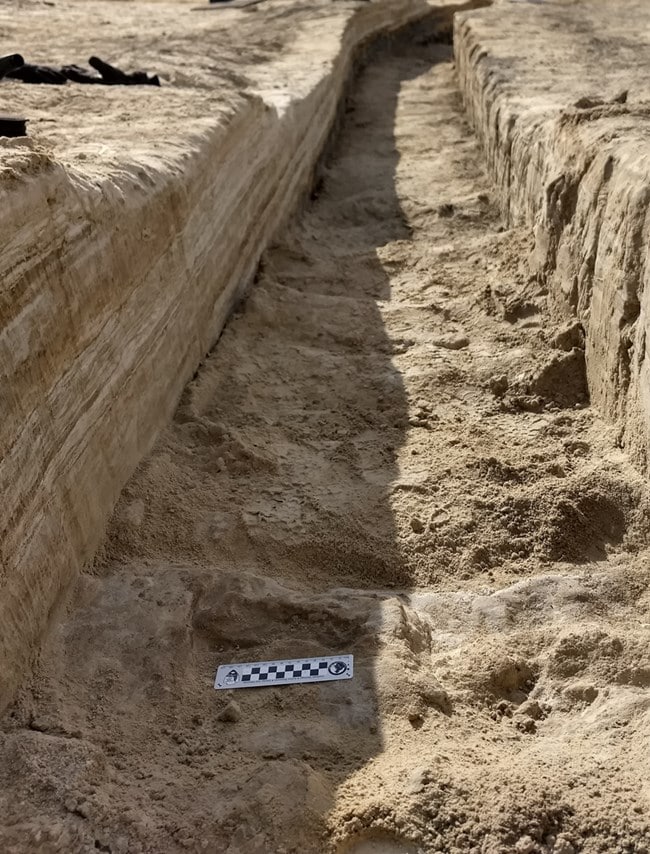Speeding Tourists Kill Three Nēnē in Just Two Weeks in Hawai’i Volcanoes National Park
This news story about nēnē killed by speeding tourists in Hawai’i Volcanoes is based on an October 21, 2021, National Park Service Press Release. You can read the original release here.
In the past two weeks, speeding tourists killed three nēnē on the Chain of Craters Road in Hawai’i Volcanoes National Park. Native to Hawaii, nēnē are the rarest species of goose in the world and protected by law.
In its press release, the National Park Service urges visitors to adhere to speed limits, watch for wildlife on or near roads, and realize that they’re entering the habitat of other creatures. Visitors should also never feed nēnē or any other wildlife, which conditions them to human foods and the presence of vehicles.
Three Nēnē Killed By Speeding Tourists in Hawai’i Volcanoes National Park in Just Two Weeks

October marks the start of nēnē breeding and nesting season in Hawaiʻi, but unfortunately this season is off to a deadly start for native geese in Hawaiʻi Volcanoes National Park.
In the last two weeks, three nēnē were fatally struck by vehicles on Chain of Craters Road, despite signs warning motorists to slow down and watch for geese.
The latest death occurred on the morning of October 21. This incident involved a male goose whose mate was also killed last week on the same stretch of road near the Mau Loa o Maunaulu trailhead.
“It is tragic that three rare nēnē are dead because of speeding or inattentive motorists in the park, especially a mated pair at the start of breeding and nesting season. We need everyone to slow down, watch out for wildlife and understand that the park is their habitat,” said Hawaiʻi Volcanoes National Park Superintendent Rhonda Loh.
She went on to stress that “it is also imperative that people never feed nēnē. Besides being unhealthy for the birds, feeding wildlife gets them comfortable around humans and vehicles, which all too often has a fatal outcome.”
Additionally, the park urges visitors to steer clear of a nēnē pair that is frequenting the former Jaggar Museum parking lot at the new Uēkahuna eruption viewing area.
Park staff have observed nēnē feeding on piles of rice, crackers and other food left behind in the parking lot and surrounding area. Although the food is removed, to further protect the birds, park management could decide to close the parking lot if the nēne continue to congregate near vehicles.
Nēnē, the World’s Rarest Goose Species
Nēnē are the largest native land animals in Hawai‘i and the world’s rarest goose. They are present in the park and other locations in Hawai‘i year-round, including Haleakalā National Park on Maui, but the October through May breeding/nesting season is crucial for their survival.
It’s also when nēnē are most vulnerable to being run over by drivers. The geese are focused on eating, and often forage from dawn to dusk as they get ready to nest. They blend in with their surroundings, and in low-light periods, they are especially hard for motorists to spot.
Nēnē crossing signs posted throughout the park call attention to roadside areas frequented by nēnē.
These include sections of Highway 11, Crater Rim Drive and Chain of Craters Road. Speed humps are installed in problem areas. Motorists are urged to use extra caution in nēnē crossing areas, and to obey posted speed limits.
By 1952, only 30 birds remained statewide. Hawai‘i Volcanoes National Park and conservation partners began efforts to recover the species in the 1970s through a captive breeding and reintroduction program.
The Nēnē Recovery Program continues today, and around 165 birds thrive in the park from sea level to around 8,000 feet. Nearly 3,500 nēnē exist statewide. It is one of many wildlife conservation success stories in the national parks.
Wild nēnē are found only in Hawai‘i and are the last survivor of several other endemic geese. They have strong feet and padded toes with reduced webbing, an adaptation that allows them to walk across rough lava plains.
Most nēnē fly between nighttime roosts and daytime feeding grounds. The female builds a simple ground nest and incubates one to four eggs for a full month while her devoted mate acts as a sentry.
Shortly after they hatch, goslings leave the nest and follow their parents to their traditional foraging grounds which can be more than a mile away. At 14 weeks, nēnē can fly, and along with their parents, they join other flocks where they meet their relatives and potential mates. They usually mate for life.
Visit https://www.nps.gov/havo/learn/nature/nene.htm for more information.







